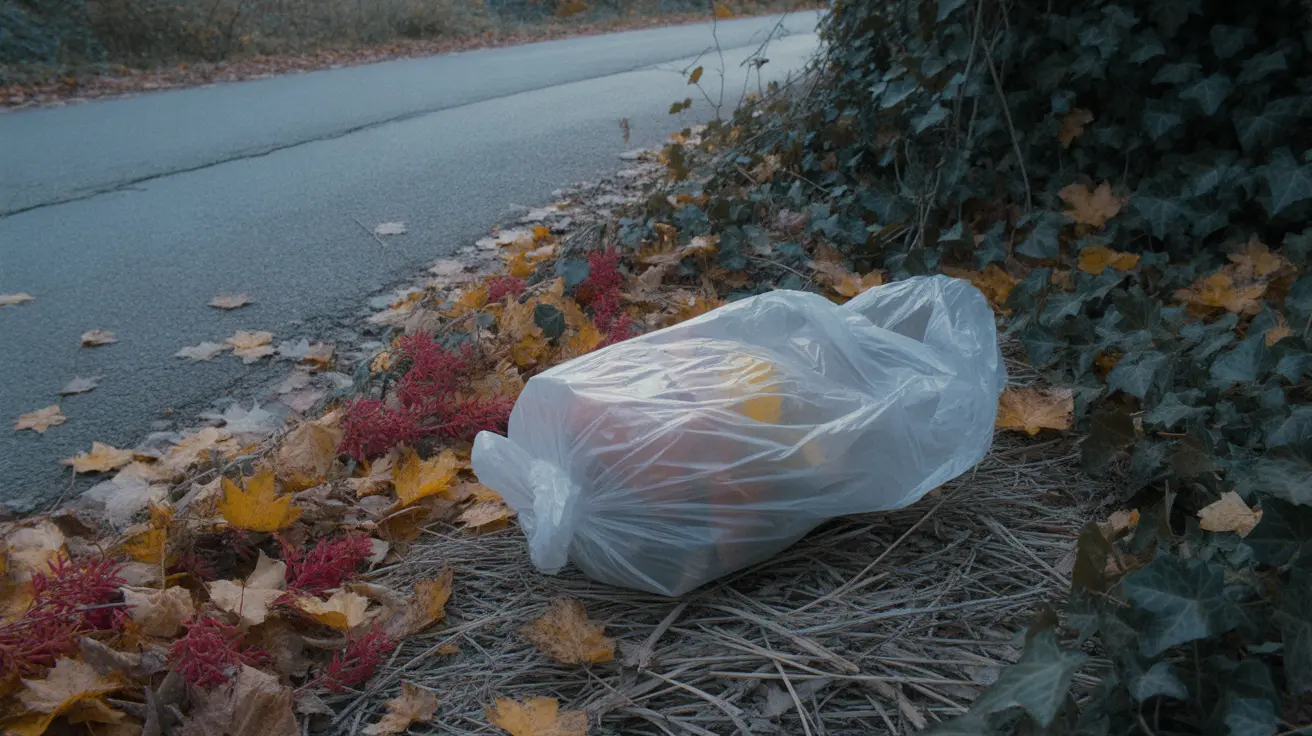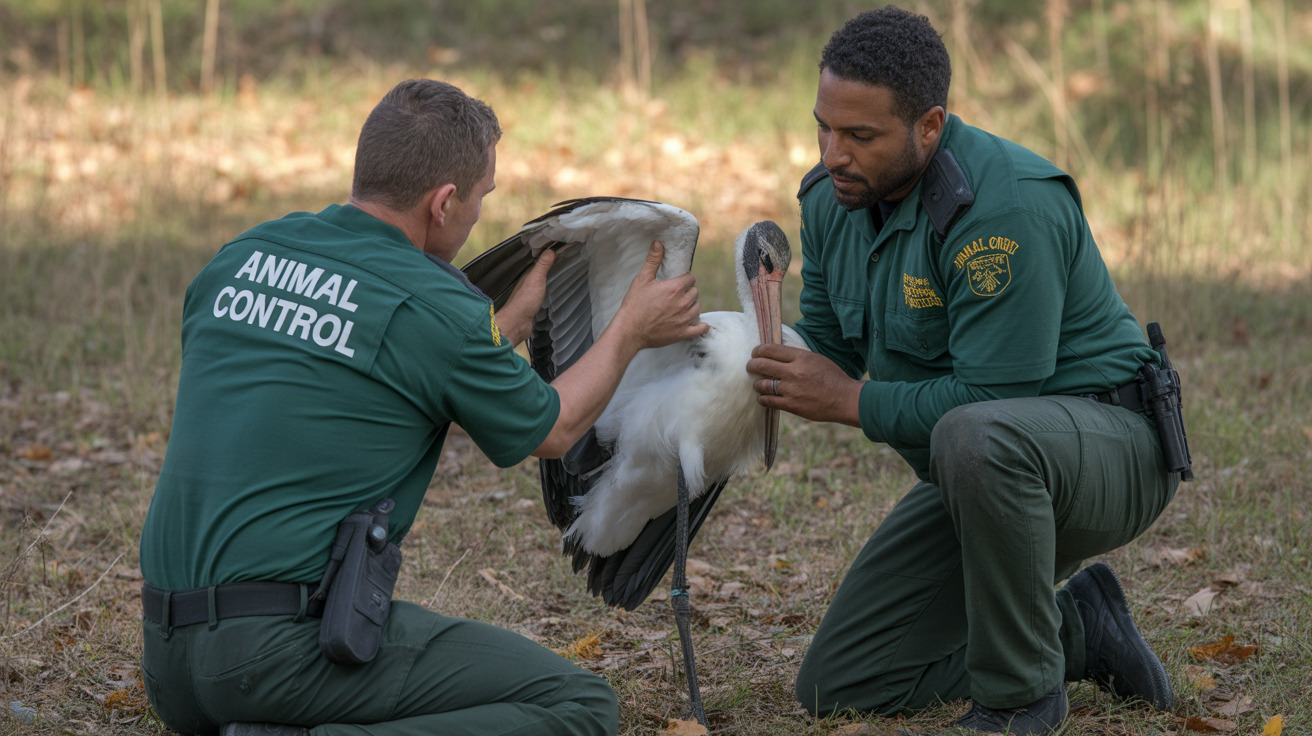When Should You Worry About Your Dog Licking?
Dogs often engage in licking behavior, and while it's usually harmless, excessive or compulsive licking can sometimes signal underlying issues. Understanding the reasons behind your dog’s licking habits helps determine when it's time to address concerns or consult a veterinary professional.
Common Reasons Dogs Lick Blankets and Bed Covers
Licking soft fabrics like blankets, bedding, or clothes is a frequent canine behavior. Here are some of the most common explanations:
- Comfort and Self-Soothing: Dogs might lick blankets as a form of self-comfort, often stemming from separation anxiety or past experiences. The repetitive licking motion helps reduce stress by mimicking nursing behaviors from puppyhood.
- Attraction to Scents: Fabrics often hold scents like sweat, food, or skin oils. These familiar or tasty scents can compel a dog to lick bed covers frequently, especially if the scent of their owner is present.
- Habit or Boredom: Licking as a repetitive behavior can develop when a dog lacks stimulation. Without enough exercise or mental activity, pets may resort to fabric licking out of mere habit.
- Anxiety: Environmental changes—like moving homes, changes in family dynamics, or loud noises like thunderstorms—can elevate anxiety in dogs and drive them to lick as a calming activity.
- Medical Issues: Licking can also point to gastrointestinal discomfort, oral pain, or allergies. Older dogs, in particular, may lick due to cognitive decline or dementia.
- Attention Seeking: If your dog receives attention—positive or negative—when licking, it might reinforce the behavior, encouraging them to do it more often.
When Licking Becomes a Concern
While occasional fabric licking isn’t abnormal, you should begin to worry if:
- Your dog is licking obsessively or for extended periods.
- Licking interferes with normal activities like eating or playing.
- The behavior is sudden or escalates quickly.
- You observe other signs such as drooling, vomiting, appetite loss, or behavioral shifts.
How to Address Licking Behavior
- Provide Adequate Physical and Mental Stimulation: Make sure your dog gets enough exercise, playtime, and enrichment activities. Puzzle toys, scent games, and social interaction help keep their brain and body engaged.
- Evaluate Nutritional Health: An unbalanced diet can lead to deficiencies that express as odd behaviors. Consult your vet to ensure your dog's diet meets all their needs.
- Maintain Clean Blankets: Wash your dog’s bedding regularly to remove food crumbs, sweat, and other lingering scents that may invite licking.
- Use Safe Deterrents: Pet-safe bitter sprays applied lightly to fabric surfaces can discourage licking when combined with positive reinforcement for better behaviors.
- Train and Redirect: Teach commands such as “leave it” or “stop.” Offer chew toys or interactive tasks as alternative outlets, rewarding positive behavior consistently.
- Reduce Anxiety Triggers: Create a stable and relaxing environment using calming aids like crate spaces, soothing music, or pheromone diffusers.
- Consult Your Vet: Persistent or compulsive licking accompanied by physical symptoms should be evaluated by a veterinarian to check for medical conditions.
- Avoid Unintentional Reinforcement: Refrain from giving attention during unwanted licking episodes. Instead, reward your dog when it is calm or engages in healthier activities.
Signs You Should Seek Professional Help
If your dog’s licking becomes constant, interferes with their quality of life, or is linked with symptoms like gagging, lethargy, or aggression, it’s time to consult a veterinary expert. Behavioral problems that don’t respond to changes in routine or training might also benefit from evaluation by a certified dog behaviorist.
Conclusion
Understanding why dogs lick helps identify whether the behavior is benign, emotionally driven, or medically serious. Most cases can be managed through lifestyle adjustments, training, and providing a stimulating environment. However, excessive or sudden licking calls for closer observation and possibly professional intervention to ensure your dog remains happy and healthy.





